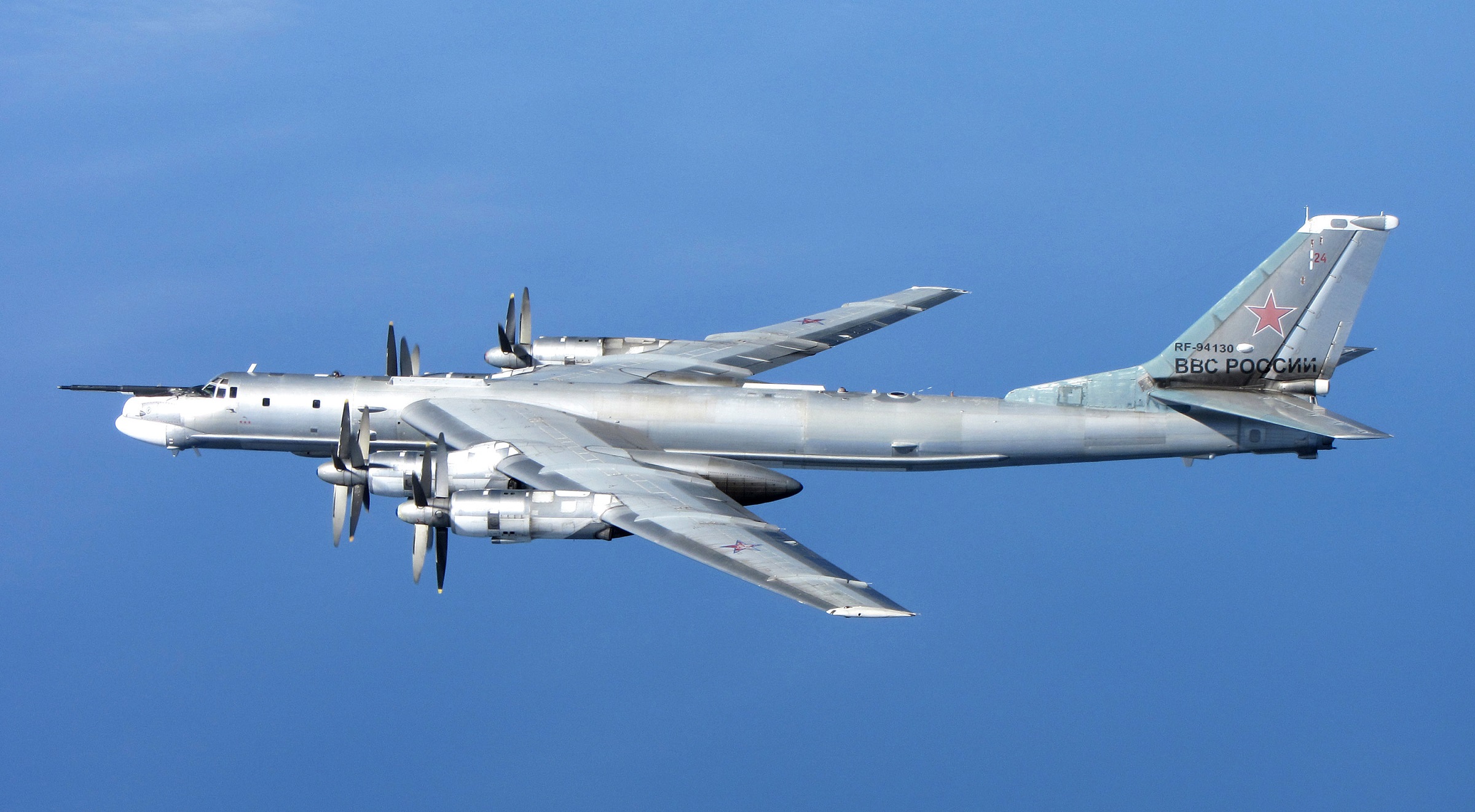There have been many different types of nuclear weapons and nuclear delivery systems designed and constructed since World War II. There are intercontinental ballistic missiles, nuclear tipped cruise missiles, submarine launched nuclear missiles, smart nuclear bombs to be carried and dropped by bombers. The common rule for all these nuclear weapons and their delivery systems is that a human being always makes the final decision to launch and detonate nuclear warheads.
Lieutenant General Sergey Kobylash is with the Russian Aerospace Forces. He gave an interview to a newspaper last December. He stated in the interview that Russia intends to have a sixth-generation strategic bomber by 2040. He said that these bomber would be unmanned.
The fifth generation of Russian bombers, the Tupulov-95 and its maritime counterpart, the Tupulov-142, were first deployed in 1956. They were intended to serve until 2040. Russia’s plans for replacing one leg of their nuclear triad involves two specific actions that were discussed in the interview. A new bomber will be introduced to replace the retiring Tu-95. This is the unmanned strategic nuclear bomber that was mentioned above.
In between the current Russian strategic bombers and the deployment of the unmanned bomber in 2040, another Russian bomber is under development. This bomber will pave the way for the unmanned bomber. The intermediate bomber would fill the gap between the Tupulov-95 which is powered by a turboprop and the small fleet of jet powered Tupulov-160 bombers.
Samuel Bendett is an adviser at the Center for Naval Analyses. He says, “Russia is actually working on the next-gen bomber — PAK-DA, which could be in service around 2027. The real question is now whether PAK-DA will be in an unmanned configuration.”
In their announcement of their latest strategic bomber generation, the U.S. said that it was possible that the B-21 bomber may be optionally manned. This means that it might be unmanned for some missions. This would increase flexibility and possibly increase endurance compared to manned bombing missions. (In 2014, the Air Force strongly rejected the idea that a B-21 could carry nuclear weapons if it was not manned.)
Whatever the possibility for Russia to develop and deploy unmanned strategic nuclear bombers, they need to spend time developing and deploying tactical drones first. Samuel Bennet is also a fellow in Russia studies at the American Foreign Policy Council. He said, “Russia is getting into [unmanned combat aerial vehicle] business — while it still does not have a strike drone in service, it recently tested Orion MALE UAV in Syria where it struck enemy positions. Those drones are expected to enter service as early as 2020. Until now, Russia demonstrated the capability to conduct strikes from small drones, like quadrocopters/multirotor models.”
The idea of uncrewed strategic bombers may be attractive but it is just aspirational at the moment, a goal decades in the future. It remains to be seen whether or not it is possible and ultimately practical to rely on an unmanned aircraft to carry out critical bombing missions.






